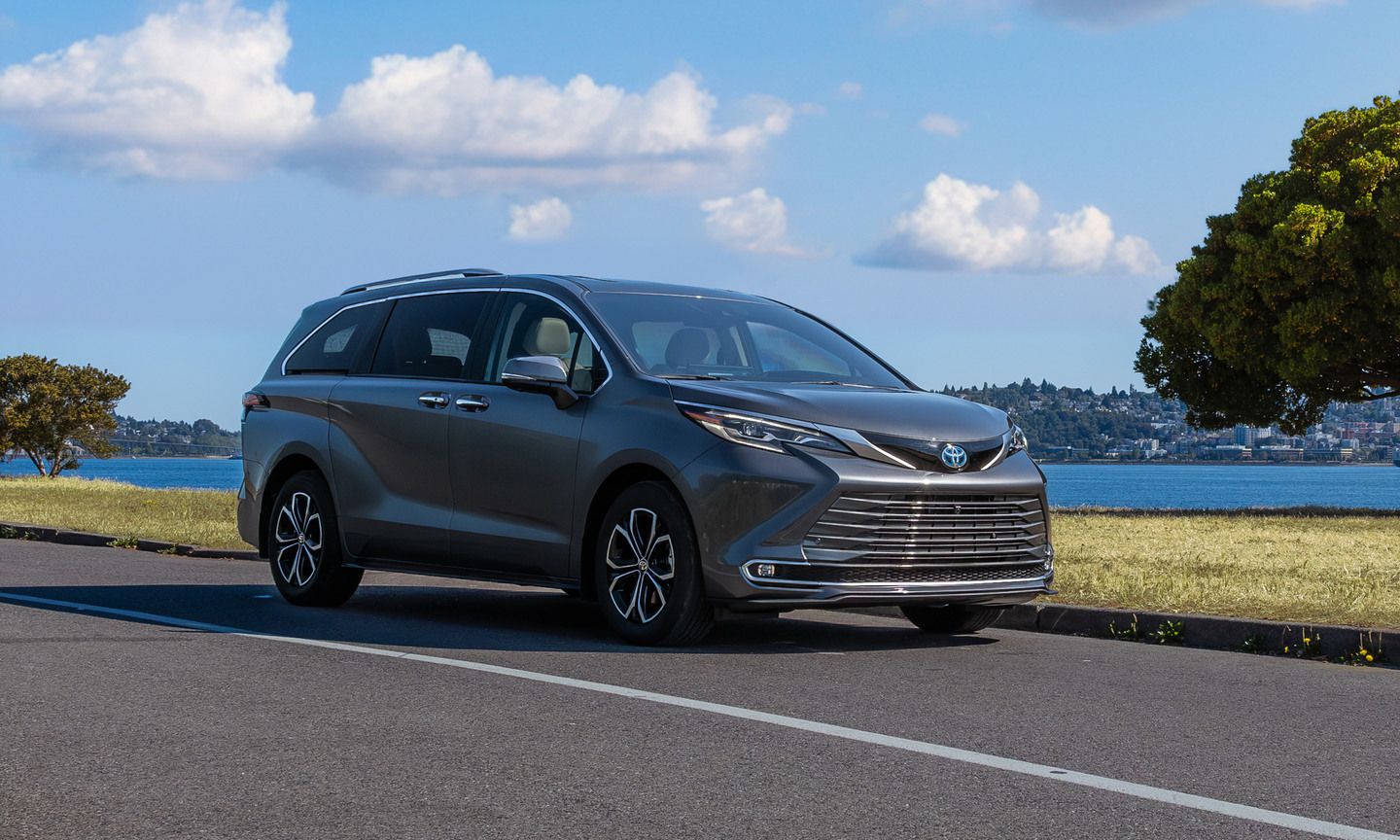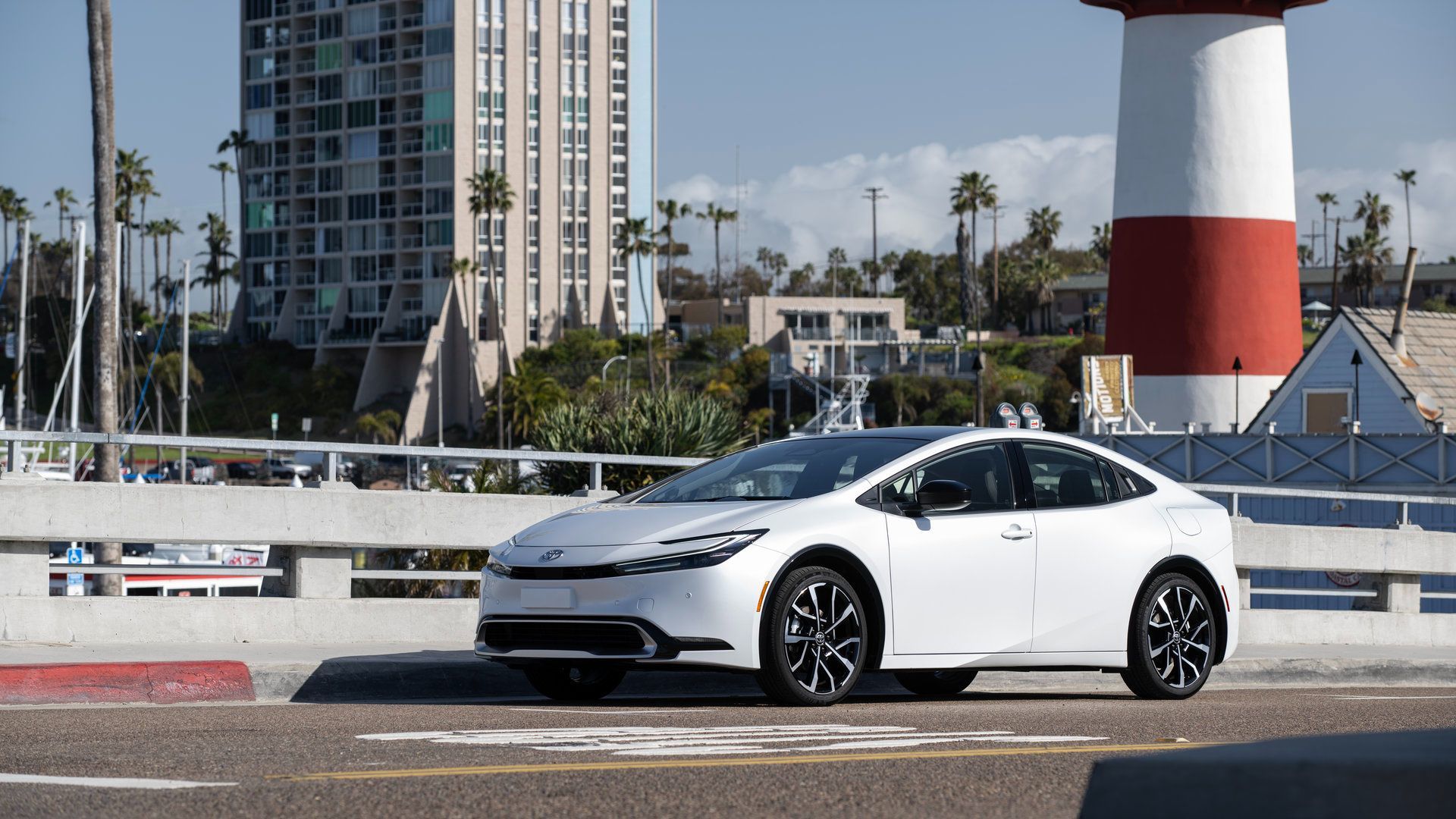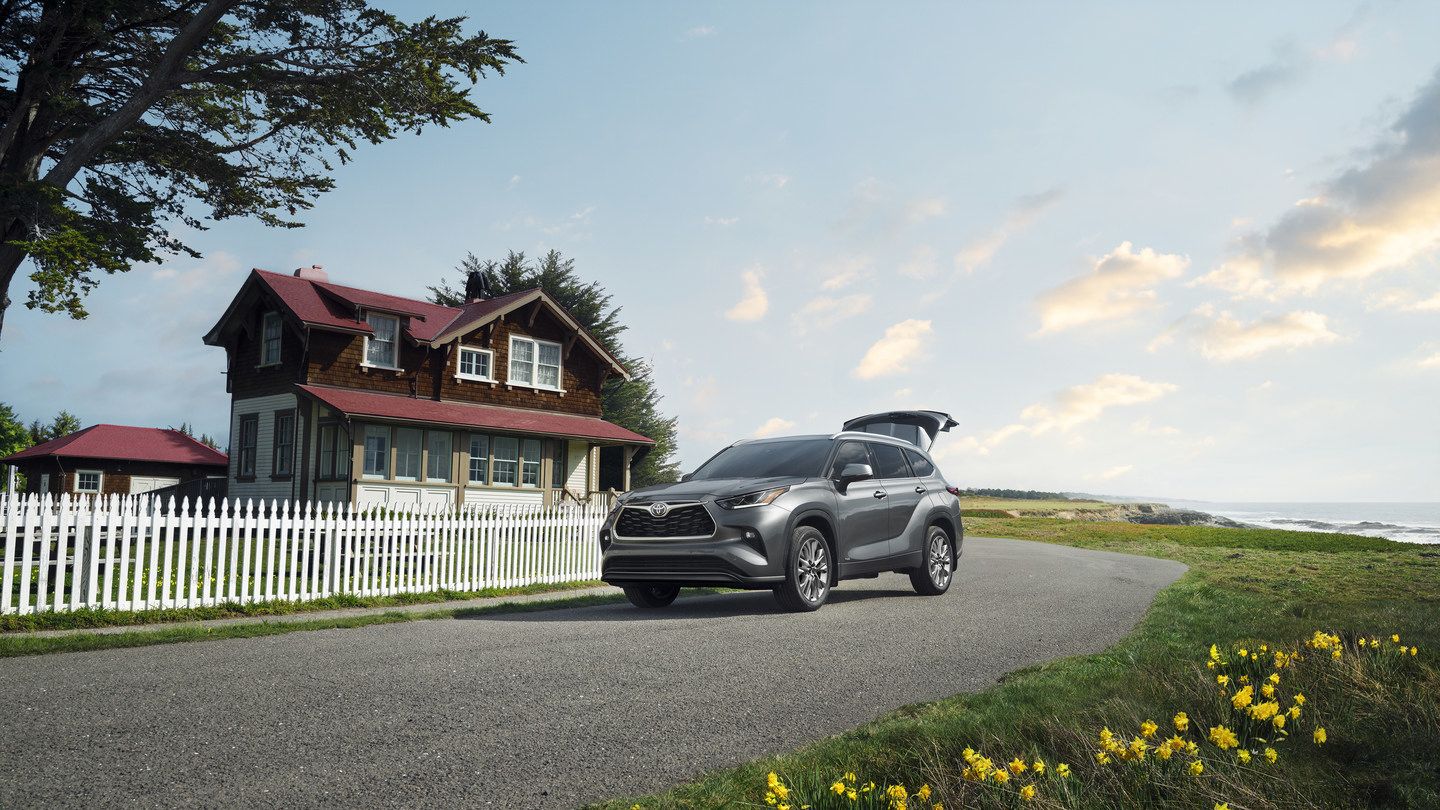
Photo for illustrative purposes only.
Find out more

The 2025 Toyota Tundra offers two distinct powertrain options that serve different priorities. Both deliver impressive capability, but they take different approaches to power delivery and fuel efficiency. Understanding how each system works helps you choose the right match for your driving habits and work requirements.
Toyota builds both powertrains around the same 2.4-litre turbocharged four-cylinder engine foundation. The difference comes from how they enhance this base engine to deliver power and efficiency. Your choice affects everything from towing capacity to fuel costs over time.
Standard i-FORCE Engine Performance
The standard i-FORCE powertrain uses a turbocharged 2.4-litre four-cylinder engine mated to a 10-speed electronically controlled automatic transmission. This combination generates 278 peak horsepower and up to 317 lb-ft of torque.
The transmission includes intelligent features like sequential shift mode, uphill/downhill shift logic, and two TOW/HAUL driving modes. These systems automatically adjust shift patterns based on load and driving conditions to optimize performance and efficiency.
i-FORCE engine benefits:
i-FORCE MAX Hybrid System Details
The i-FORCE MAX hybrid adds a 48-horsepower electric motor integrated into the 10-speed transmission, plus a 1.87-kWh nickel metal hydride battery pack. This creates the most powerful powertrain ever offered in a Tundra, with total system output of 326 horsepower and 465 lb-ft of torque.
The hybrid system works automatically, with the electric motor providing additional power during acceleration and towing situations. The battery charges through regenerative braking and engine operation, requiring no external charging.
For 2025, i-FORCE MAX models feature "Beyond Zero" and "i-FORCE MAX" badges on the back door to identify their electrified credentials.
Towing Capacity Comparison
Both powertrains handle serious towing duties, but the i-FORCE MAX hybrid delivers higher capacity. When properly equipped with the heavy-duty tow hitch receiver and complete tow package, the i-FORCE MAX is rated to pull up to 11,171 lbs (5,067 kg).
The standard i-FORCE engine provides substantial towing capability as well, though exact ratings vary by configuration and equipment. Both systems include the same transmission features that optimize performance when pulling trailers or hauling heavy loads.
Fuel Economy and Efficiency
Fuel consumption differences between the two powertrains become significant over time, especially for drivers who rack up high mileage. The i-FORCE MAX hybrid system delivers better fuel economy through electric motor assistance and regenerative braking.
Fuel consumption ratings:
|
Powertrain |
4WD Type |
Grades |
City/Highway/Combined |
|---|---|---|---|
|
i-FORCE |
Part-time |
SR5, TRD Sport, TRD Off-Road |
12.4 / 9.6 / 11.2 L/100 km |
|
i-FORCE |
Full-time |
Limited |
12.0 / 9.9 / 11.1 L/100 km |
The hybrid system's efficiency advantage becomes more pronounced during city driving and stop-and-go conditions where the electric motor contributes more power.
Grade Availability and Pricing
Toyota offers 11 different Tundra grades across both powertrain options. The i-FORCE engine powers entry-level through mid-level grades, while the i-FORCE MAX hybrid typically appears in higher trim levels with more features and capabilities.
Pricing differences reflect not just the hybrid system but also the feature content that typically comes with hybrid-equipped grades. Higher trim levels include more comfort, convenience, and technology features as standard equipment.
Real-World Performance Differences
Both powertrains deliver the performance truck buyers expect, but they feel different during daily driving. The i-FORCE engine provides straightforward turbocharged power delivery with familiar characteristics.
The i-FORCE MAX hybrid adds instant electric motor torque that supplements the gas engine. This creates more immediate response during acceleration and provides additional power reserves for demanding situations like steep grades or heavy loads.
The hybrid system operates transparently, switching between gas and electric power without driver intervention. Most drivers notice the extra performance without thinking about the technology behind it.
Maintenance and Ownership Considerations
Both powertrains use Toyota's proven engineering approaches, but they have different maintenance requirements. The standard i-FORCE engine follows conventional maintenance schedules for turbocharged engines.
The i-FORCE MAX hybrid adds hybrid system components that require specialized service knowledge but generally need less frequent attention. Toyota designs hybrid systems for long-term reliability with minimal additional maintenance requirements.
Making Your Decision
Your choice between i-FORCE and i-FORCE MAX depends on priorities and usage patterns. The standard engine works well for buyers who want proven performance at a lower initial cost. The hybrid makes sense for drivers who value maximum towing capacity and fuel efficiency.
Consider your typical driving patterns, towing requirements, and long-term fuel costs when evaluating options. Both powertrains deliver truck capability with different approaches to efficiency and performance.
Schedule a comparison drive at Whitby Toyota Company to experience both powertrains and determine which matches your needs.

Photo for illustrative purposes only.
Find out more
How the 2026 Sienna Handles Whitby Hockey Season (And Winter Roads)
Hockey season in Whitby means early mornings, packed gear bags, and endless trips between home, the rink, and team events. For families juggling...
Read more
Prius Plug-in Hybrid: Your Smart Commuter Solution for Whitby GO Station
If you drive to Whitby GO Station every morning, you already know the drill: find parking, catch your train, and hope your fuel costs don't eat...
Read more
2026 Toyota Highlander Family Features: 7 Trims, 3-Row Seating & On-Demand AWD for Whitby Commuters
For families in Whitby navigating daily commutes along Highway 401 or planning weekend trips to cottage country, the 2026 Toyota Highlander...
Read more